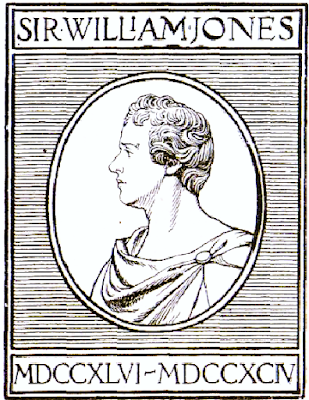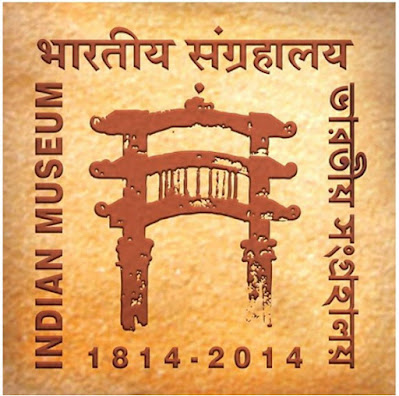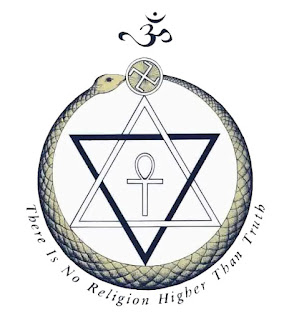MAHAJANA EDUCATION SOCIETY

MAHAJANA EDUCATION SOCIETY Incepted in the year 1937 to provide education to children, the great freedom fighters of Mysore of that time namely Sarvasri. Ramachandra Jois, M. N. Jois, G. Ranganna, H. Anantharao, Agaram Suryanarayana Pandit and other well-wishers led by Sri. Ambale Subramanya Iyer laid the foundation to Mahajana High School in Lakshmipuram, in Mysore, which finally led to the present Mahajana Education Society over the decades. The school which started with 17 students, for want of space was shifted to Jayalakshmipuram, Mysuru, as the number of students seeking admissions increased. In the sixties, with the leadership and liberal donation from Sri. Rattehalli Ramappa, Mahajana Pre-university College and the First Grade College were started. In the eighties the institution expanded further with the leadership of Sri. R. Vasudeva Murthy, Sri. T. Muralidhar Bhagavat and Smt. Dr. T. Vijayalakshmi Muralidhar. It is presently well equipped to offer educa




